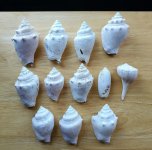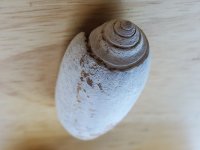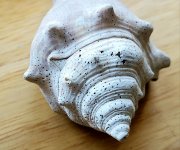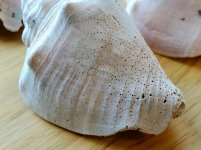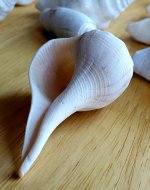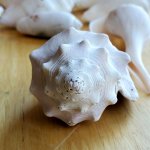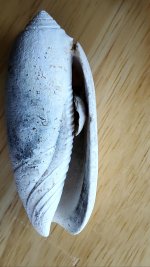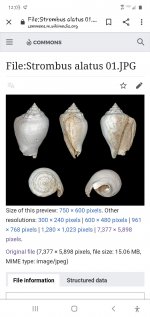Beaglejuice13
Jr. Member
I noticed these in my grandmother's rose garden recently. She told me they were inside the pitcher of an antique wash basin she bought at a garage sale so she threw them in her rose garden lol. I don't know much at all about fossils, I'm more into rocks and minerals. I had sold weathered shells before so I brought these home to see what I could find out about them. They look very similar to fossils in alot of pics online from the Caloosahatchee Formation Deposits near Ft. Meyers, Florida, USA. What do you guys think?


